The United States and the Philippines signed an agreement on November 18 to share classified military information and technology, as the two countries step up cooperation.
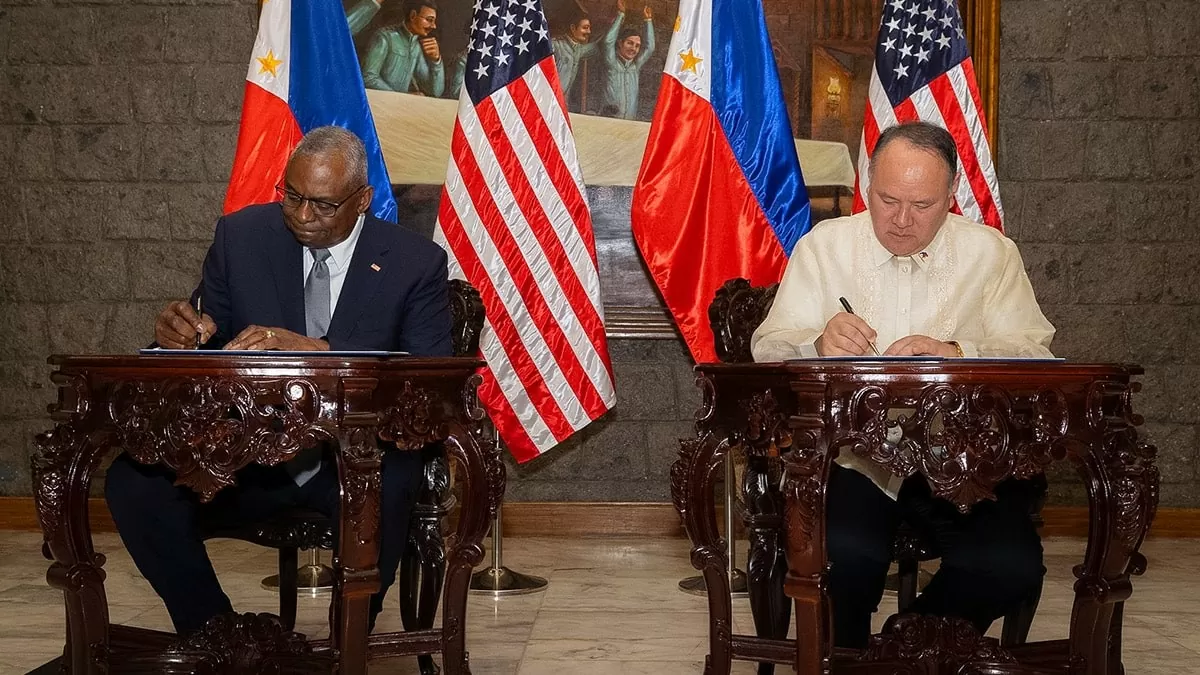 |
| Philippine Defense Secretary Gilberto Teodoro Jr. (right) and his US counterpart Lloyd Austin sign the General Security of Military Information Agreement (GSOMIA) on November 18. (Source: US Embassy in the Philippines) |
The US-Philippines General Security of Military Information Agreement, officially known as the General Security of Military Information Agreement (GSOMIA), is a major step to enhance information sharing and interaction between the two countries, expected to benefit the Southeast Asian nation's defense.
The move will further deepen the security relationship between the two treaty allies.
According to SCMP , analysts say GSOMIA aims to overcome long-standing shortcomings in Manila's maritime awareness and can rebalance power in the East Sea.
GSOMIA gives the Philippines access to advanced capabilities such as satellite imagery and electronic intelligence. The agreement is expected to establish new procedures to protect classified military information and build a system to detect potential threats in the disputed waters early.
Vincent Kyle Parada, a former defense analyst with the Philippine Navy, told This Week in Asia that GSOMIA is a testament to the strong partnership between the two countries, helping to institutionalize existing measures and “in some ways, insulate the alliance from fluctuations in political leadership.”
While Manila remains optimistic about its relationship with US President-elect Donald Trump, Parada stressed that maintaining the intelligence-sharing agreement serves as a safeguard for the Philippines.
“Through GSOMIA, the US and the Philippines can essentially make up for each other’s intelligence gathering shortcomings, with the US providing more advanced technological reliance, while the Philippines contributes its human intelligence network and field experience,” the expert explained.
Chris Gardiner, executive director of the Institute for Regional Security in Canberra, Australia, said the agreement was another significant success in the foreign policy of Philippine President Ferdinand Marcos Jr.
Integrating command, control, communications and computing with intelligence, surveillance and reconnaissance (ISR) is the foundation for effectively using the information needed to prevent and win conflict, according to Gardiner.
Meanwhile, Matteo Piasentini, a security expert at the Italian Geopolitica research institute, said the latest development is an important step in strengthening the Philippines-US alliance as information and intelligence sharing is increasingly proving to be essential in preventing and managing conflicts.
The agreement was signed during a visit by US Defense Secretary Lloyd Austin to Manila. On November 19, at a press conference at the Philippine military’s Western Command on Palawan Island near the South China Sea, the Pentagon chief stressed that the Philippines will continue to be an important country for Washington for many years to come.
In addition, Secretary Austin reaffirmed Washington's defense commitment to Manila under the 1951 Mutual Defense Treaty.
Mr. Austin's trip comes just two months before President Joe Biden's administration leaves office to hand over to Mr. Donald Trump and the new administration, which will take office on January 20, 2025.
Source: https://baoquocte.vn/lien-minh-my-philippines-cung-co-hop-tac-quan-su-washington-tran-an-manila-truoc-thoi-diem-thay-doi-chinh-quyen-294311.html


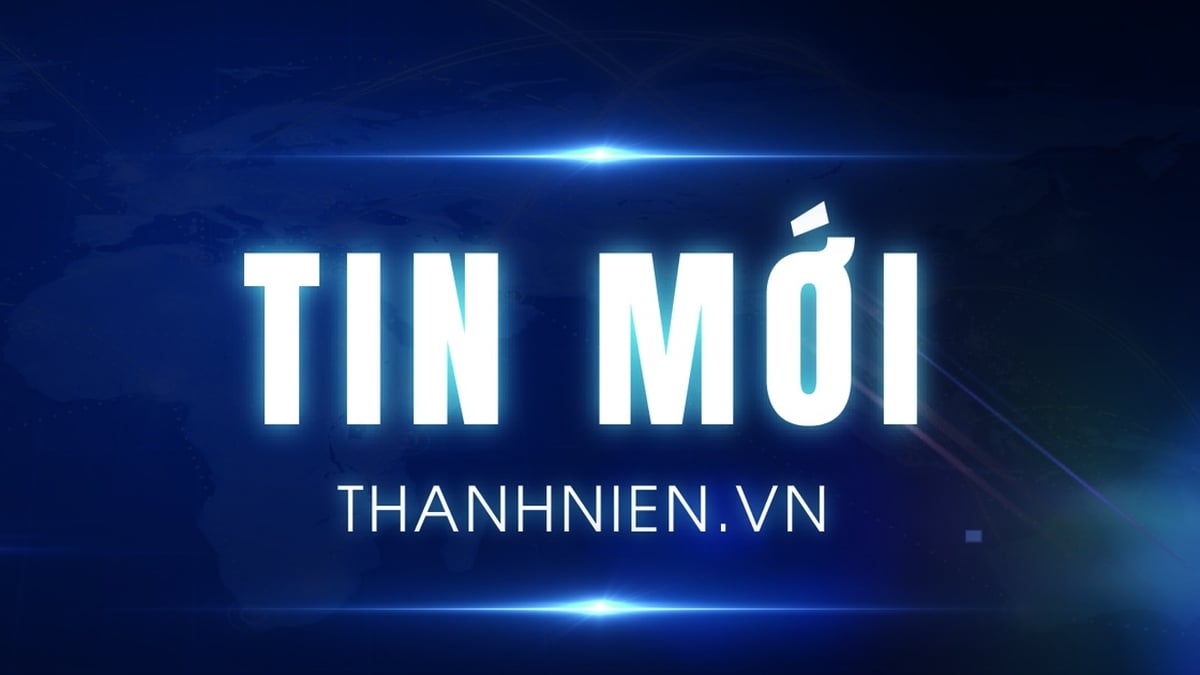






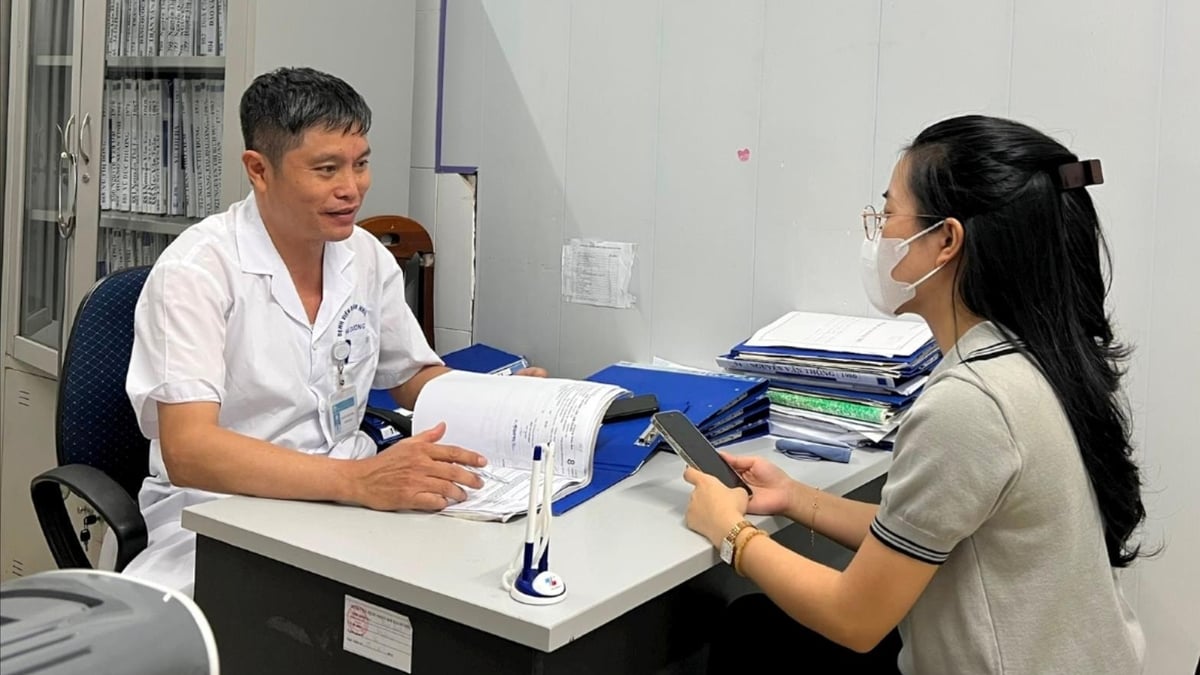
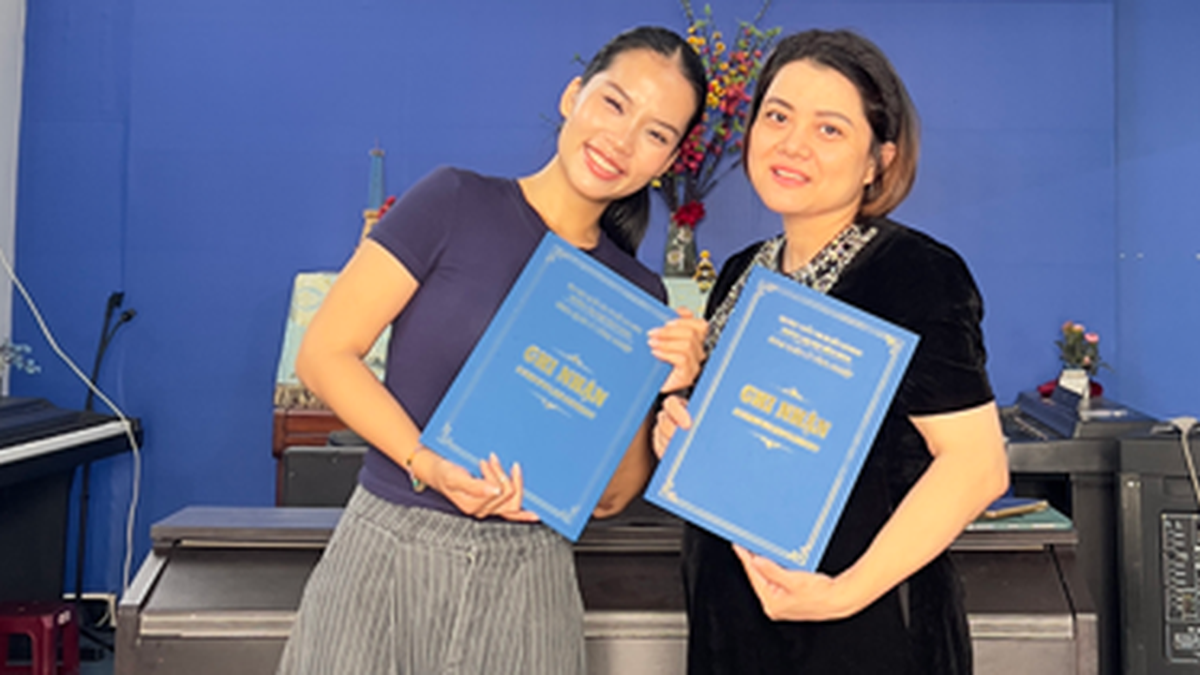












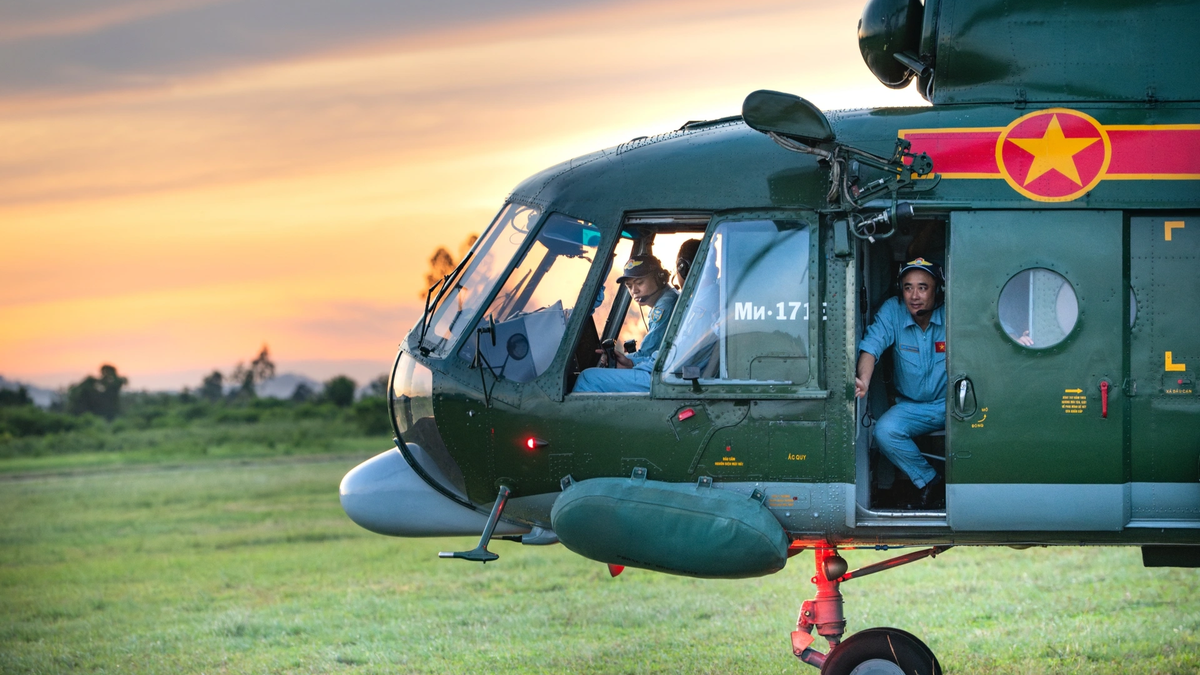








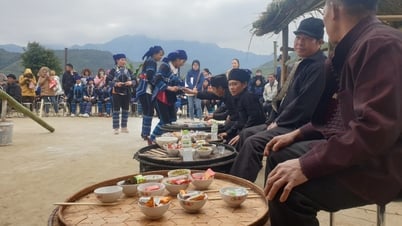











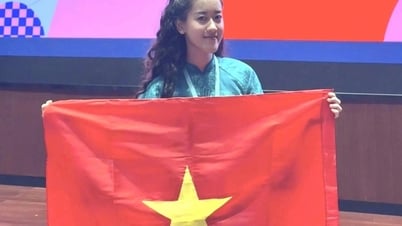

















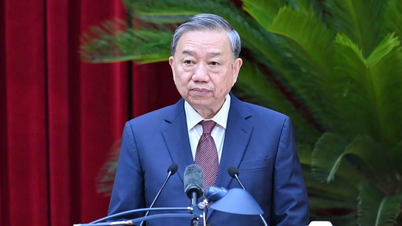
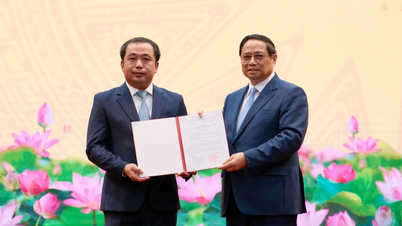
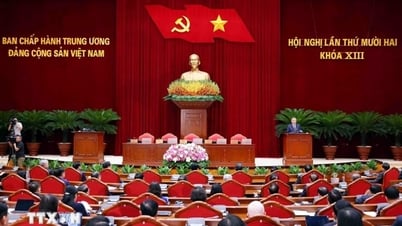




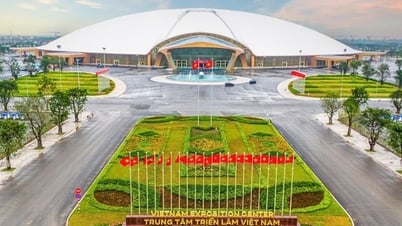

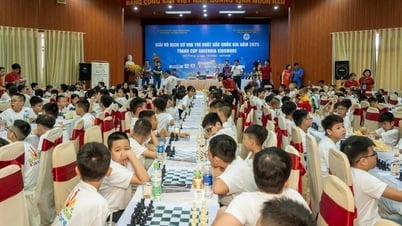

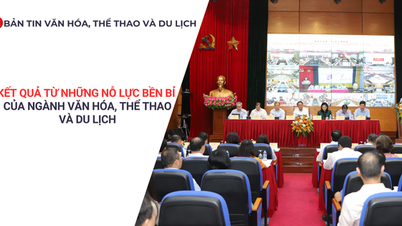
























Comment (0)